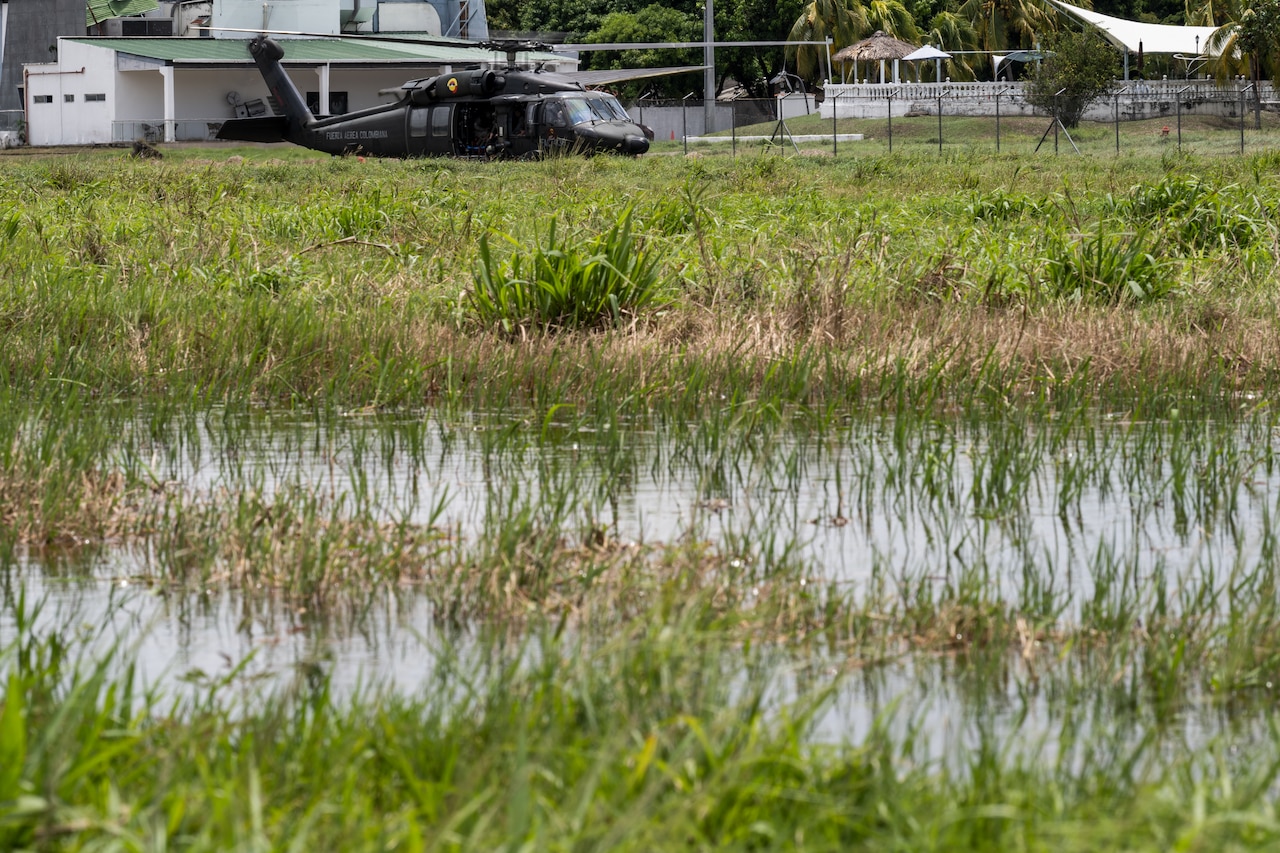EDITOR’S NOTES: ‘Drone’ Warfare Is Not Just in the Skies
iStock illustration
Drone:
1: a stingless male bee (as of the honeybee) that has the role of mating with the queen and does not gather nectar or pollen
2: an uncrewed aircraft or vessel guided by remote control or onboard computers
—Merriam-Webster
It doesn’t seem that long ago when the word “drone” in military parlance simply meant an “unmanned aerial vehicle.”
The word is of course derived from apiculture — the science of beekeeping — and fit well for the early versions of UAVs that weren’t as sophisticated as today’s models.
There was a time during the so-called global war on terror years when left-wing groups such as Code Pink used it as a pejorative as they sought to highlight civilian deaths resulting from CIA-led Predator strikes in hard-to-reach spots such as Pakistan’s tribal territories.
“Drone” for a time began taking on a decidedly negative connotation in some quarters.
It was about that time when the Association for Uncrewed Vehicle Systems International at one of its annual conferences in Washington, D.C., put up multiple placards and signs in the press room with a hashtag that was something like “Don’t Call It a Drone.”
The campaign to influence journalists to stop referring to UAVs as “drones” was doomed to fail, and it did. But maybe not for ideological reasons. It’s a short word, and editors and reporters love short words that can take the place of long ones — particularly when it comes to writing headlines.
UAV would become UAS, as “system” replaced “vehicle.” “Unmanned” generally became “uncrewed,” and the Air Force went its own way for a while with “remotely piloted aircraft,” or RPA, which didn’t quite fit the new concepts of complete autonomy.
The next evolution of the word “drone” did bother editors such as myself when it began to become used interchangeably as any remotely or autonomously operated vehicle — air, land or sea. This struck me as an incorrect usage considering the early context of UAVs only and the word’s origin as a flying insect.
But English is a dynamic and ever-evolving language, and “drone” is currently being used by senior military officers, officials and industry executives in speeches to mean just about any robotic system, particularly in the context of swarms. And the good people at Merriam-Webster seem to agree, adding “or vessel” to the definition.
The problem with this is the plethora of so-called “counter-drone” technologies being offered by dozens of major defense contractors and startups. Walk down about any aisle at any of the major defense trade shows lately, and there is at least one vendor offering a counter-drone technology, or maybe more.
“You can’t swing a dead cat,” as they say.
But the danger is thinking that these myriad solutions are going to render all “drones” inoperable. They are only for aerial threats.
Zachary George, international market development manager at CRFS Ltd. and a naval reservist, delivered a blunt talk at the recent Association of Old Crows annual conference in National Harbor, Maryland, during a panel discussion.
Don’t think for a minute that the myriad counter-small unmanned aerial system solutions being offered by industry will work against swarms of small boats attacking a Navy ship, he said.
“If you take your counter-unmanned system with air-search radars and things meant to look up in the air, you do not take that system to try to defeat a maritime target,” he said.
The water and the motion of the waves may make it hard to automatically lock on targets, he said.
As for ground robots, “you’ve got to in turn contend with terrain, right? Are the unmanned ground vehicles in a valley? Are they around buildings?” he asked.
“If you are just now focused on counter-UAS, you are 10 years behind,” he said, especially in the context of what is happening now in Ukraine.
George was particularly concerned about the lack of technology that can secure ships in ports against robotic vessels or defend against remote-controlled ground robots, both of which can be used in swarming scenarios that can overwhelm conventional defenses.
“I’m not trying to play scary guy, but this is technology that you’re seeing in Ukraine being used today,” he said.
At the DSEI trade show in London in September, National Defense reported on a Turkish consortium working on a kamikaze boat that would start off as an unmanned subsurface vessel, hover underwater like a sea mine until a larger ship appeared, then pop up to the surface and speed toward its target armed with an explosive charge.
Whether or not the companies manage to develop the idea and make it operational is beside the point. The concept is out there and was plain to see at a booth in an open forum.
George highlighted another concept as seen in a Chinese People’s Liberation Army video making the rounds on social media of a UAS carrying a “robotic dog” armed with a machine gun. It flew into a landing zone and deployed the killer robot, then flew off. Just a propaganda video? Possibly, he admitted. But it brings up several questions.
“Is this a counter-drone problem or counter-UAS problem? Is it a counter-UGV problem, or is it a multiple domain problem?”
The Pentagon has established the Joint Counter-small Unmanned Aircraft Systems Office to tackle the air threat, which is of course, vitally important.
But perhaps it’s time to widen its scope. ND
Topics: Defense Department
















%20(2)%20(1).jpg)



Discussion about this post